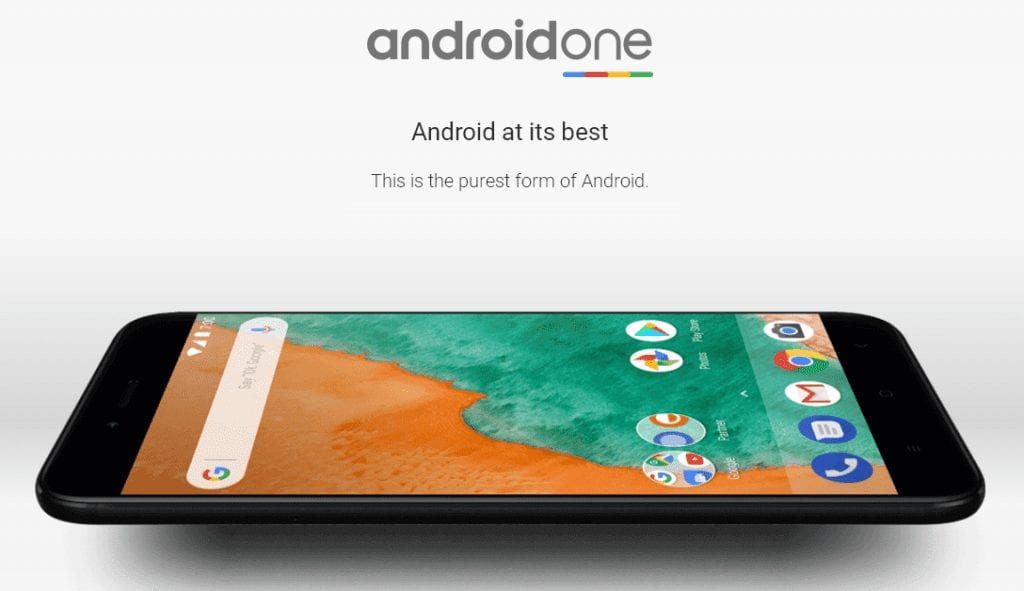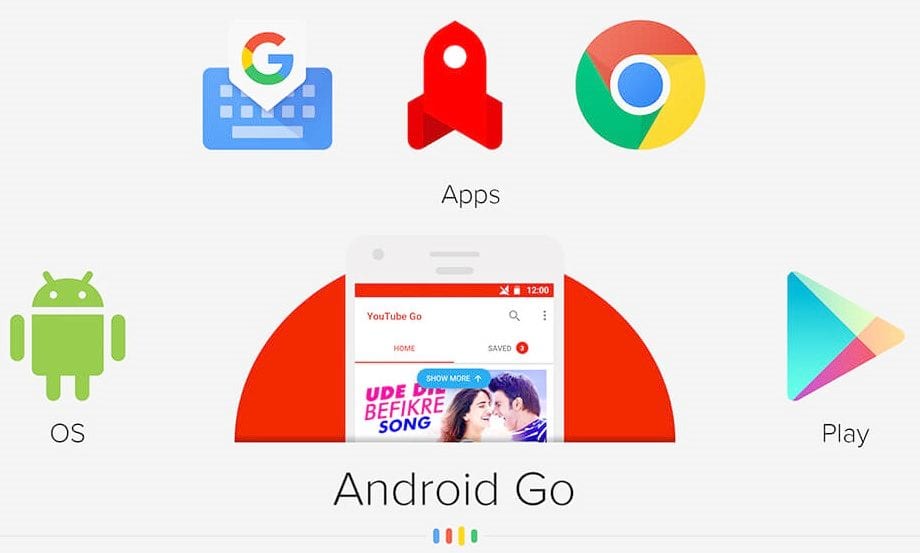We all know about the tech giant Google’s well-known and most used mobile operating system; of course, I am talking about none other than Android. And today in this article we will tell you all the differences between the Android One and Android Go.
What Is The Difference Between Android One And Android Go?
We all know very well about the tech giant Google’s well-known and most used mobile operating system, of course, I am talking about none other than the Android. However, do you know that how many types of Android versions are there? As there is a huge number of users who have confusions regarding the Android versions.
Hence, today in this article, we will not only talk about the different versions of the Android operating system but even we will also talk about the different variants of the operating system, of course, Android itself.
The tech giant Google has categorized its most used mobile operating system in two parts, first one is the classic Android One and the newly launched is Android Go. But, why users get confused about the Android variants? Basically, this happens simply due to the lack of publicity which simply makes the maximum number of users to think that the custom layers of the manufacturers are Android.
Also Read: 25 Best Audio Editing Apps For Your Android Device
Hence, to clarify this thinking and confusion of all the users we will simply try to drop some light on this topic and explain exactly what each version of Android means and how they differ from each other. So, without wasting much time simply get started and clear all the confusions.
What is Stock Android?
The Stock Android is a version of Android that was born independently and was bought by the tech giant itself Google. Let’s get clear about this! Basically, the Stock Android simply allows the smartphone manufacturers to place customization layers, that many users think mistakenly that it is a version of Android or Android itself.
We all know very well that the tech giant Google’s Android is the operating system that we have in our hands when we buy a smartphone or tablet of Sony, LG, Samsung or other well-known smartphone brands.
However, some smartphone manufacturers, like the well-known Chinese brand, Xiaomi simply put its own custom layer (UI) which is so aggressive that many consider it as a new operating system, but the truth is that it is not. As the tech giant Google’s Android is the operating system that clearly makes the whole smartphone ecosystem under its hood.
https://youtu.be/twZggnNbFqo
While some smartphone manufacturers simply choose to install it almost without putting any custom UI, yes, they simply put the clean version of Stock Android. Now, for example, we will like to present smartphones of Motorola. Yes, the devices of Motorola simply features a pure version of Android, just as the tech giant Google designs it.
As the tech giant Google itself mount this pure version of Android on its own line of Pixel smartphones. But, hold on, let me clarify one thing that the tech giant Google simply plays with the advantage and simply customizes some parts of the OS only for its smartphones, hence, differentiating itself from the stock or AOSP version.
The normal version of the tech giant Google’s most used mobile operating system, of course, Android doesn’t have any limitations. As if you want then you can simply install this operating system in all kinds of devices, and not only that even you can also customize it in an extreme way as well.
As the tech giant Google provides the system and each constructor adapts it in its own way and at its speed. Hence, in this way of working is a big problem for the tech giant Google’s most used mobile operating system, of course, Android and to mitigate this problem, the tech giant Google has launched Project Trebble.
What is Android One?
Now after the Stock Android, now it’s time for the Android One, which is basically a Google program that has been running since 2014, and now it is heading towards its fourth anniversary. The tech giant Google’s Android One was born as a program as we told earlier in this para simply to facilitate the operating system so that it could run more smoothly in the devices with less power.
While the current version of the tech giant Google’s most used mobile operating system, of course, Android simply allows all smartphone manufacturers to customize it as much as they want, but, Android One simply does the opposite, yes, it simply forces the smartphone manufacturers to not touch the operating system and put any customization layer. However, now if we talk about the user experience then let me clarify that the user experience of Android One is very similar to stock Android.
Currently, we can find many smartphones with Android One that are available in the market. Like the well-known Chinese smartphone manufacturer, of course, Xiaomi’s Mi A1 & A2, HTC U11 Life, Motorola X4 and much more. All of them features a pure version of Android that it is almost identical from the stock version.
Moreover, all the smartphones running Android One simply requires fewer modifications, and even updates are also much smaller, but still, they depend on the different manufacturers. However, the tech giant Google continues to provide the original code and each manufacturer adapts it. While the most interesting thing about the Android One smartphones is that the update rate is much higher than the classic Android smartphones.
What is Android Go?
Now after the Stock Android and Android One now it’s time for the last but not the least one, of course, I am talking about the none other than Android Go which is less than a year old and it becomes the tech giant Google’s real bet to offer its most used mobile operating system for low-end smartphones.
The most extraordinary feature of the tech giant Google’s Android Go is that it has the ability to power the low-end smartphones, yes, low-end smartphones means the smartphones with 1GB RAM.
Basically, in simple language, the lightweight Android Go OS is the response of the tech giant Google to the operating systems that are now used in the “feature phones”. Hence, the tech giant Google simply aims to attach its Android Go to these simpler phones, so, that the tech giant Google could take all these phones under its huge ecosystem, and improve the user experience in them simply to promote the most used mobile operating system, of course, Android to continue growing.
While the Finnish company Nokia’s most affordable Android smartphone, of course, I am talking about none other than the Nokia 1 is the first smartphones to incorporate the tech giant Google’s well-known Android Go.
First of all let me clarify one thing that the tech giant Google’s Android Go is not the only Google’s most optimized operating system for most basic and low-end smartphones, as it has its own applications with the well-known extension ‘Go’. Moreover, the tech giant Google is also developing its suite for the smartphones with very low specs.
Also Read: How To Recover Deleted Photos/Videos From Android (5 Methods)
Now, if we talk about the updates, then let me clarify that the tech giant Google will be responsible directly for the updates of these low-end smartphones with Android Go, without any dependency of the manufacturer. In simple words, in Android Go, the tech giant Google can directly push the updates to the devices running Android Go.
Here in this article we briefly discussed all the three operating systems that the tech giant Google is currently running in its mobile ecosystem. And all these three operating systems are virtually identical but with very specific differences that we have already discussed in this article. So, what do you think about this? Simply share all your views and thoughts in the comment section below.

